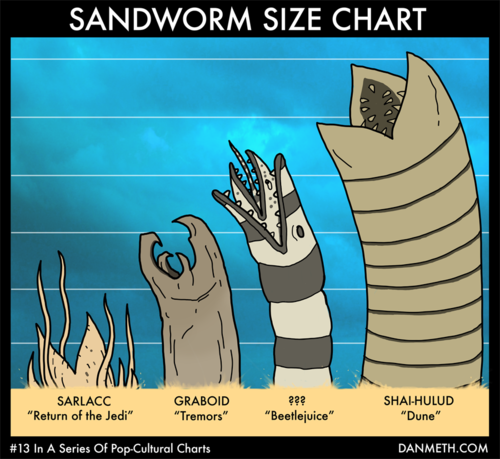I'm back today from an exciting trip to the East Coast. I'll say a bit about the Baltimore trade show in a bit, but starting at the beginning of the trip I will tell first you about my trip to the Yale Library. I got in by plane, but rented a car to get around and then to take me down to Baltimore. When presented the rental options, those of you who have watched Repo Man will understand why the obvious choice was the Chevy Malibu.
Those of you who have not watched Repo Men, are assigned to go do so. Due to re-designs of the model since the 1964 version, the trunk may have still been big enough to hold the bodies of four dead aliens, but it was not able to hold three big suitcases. I'm glad it was just my son and myself, such that the third could go in the backseat.
It was fabulous to hook up some of the staff there at the Yale library, particulary Dr. Ann Manisana, and see the Voynich manuscript in person. We were in strong agreement that the first large script in the Little Alien Schoolgirl Sampler was indeed a match to the script in the manuscript. We were unable to use the sampler in any way that would shed additional light into decrypting the manuscript. Scholars there have been able to date the manuscript to before 1550 in our current time line, which only confuses attempts to date the sampler.
Dr. Manisana was also wonderfully helpful in being able to help put some context to another of the central motifs in the sampler. There is some shared imagery in various ancient cultures. The
Babylonian Tree of Life is pictured sometimes like:
This tree is sometimes flanked by creatures, ranging from the pair Adam and Eve, to these bird-like gods (shown below "fertilizing" the tree,) to fish-headed Assyrian gods. In different contexts, the tree was also referred to as a portal, or "door of life."
The six-legged beasts that I had thought simply were specimens of the native fauna, may actually be guardians of the portal or tree. There is a world of difference between a domesticated six-legged reindeer or bull that might be a source of dinner and a guardian of the Door of Life! Given such historical wealth of symbolism, I am concluding they are guardians. Whether they offer any fertilizer or not, is debatable.

On a similar topic of historic ancient manuscripts, I wanted to share a bit of purchasing I recently did. A fellow historian, Nancy Spies, has published two volumes of motifs charted from ancient manuscripts. These are wonderfully rich and so well researched. I had them on my wish list for several years and finally saw them in person on a visit to my friend Tasha. I think they are going/gone out of print and are becoming scarcer to find. Amazon wanted $80 each for a copy. I was able to get copies at the Scarlet Letter for the list price of $30 (no affiliation, just a pleased customer) and these were waiting for me upon my trip back home. Rooting around to see if Nancy had been up to anything recently I came across a copy of an earlier work on historical cardweaving that I found intriguing and had to get. So, if you are intrigued by these ancient manuscripts and historical context, I invite you to check out her work.

So many wonderful things to be rediscovered! I like the thought of the ancient (and the future) images being perpetuated through the use of motifs in modern handworks.














